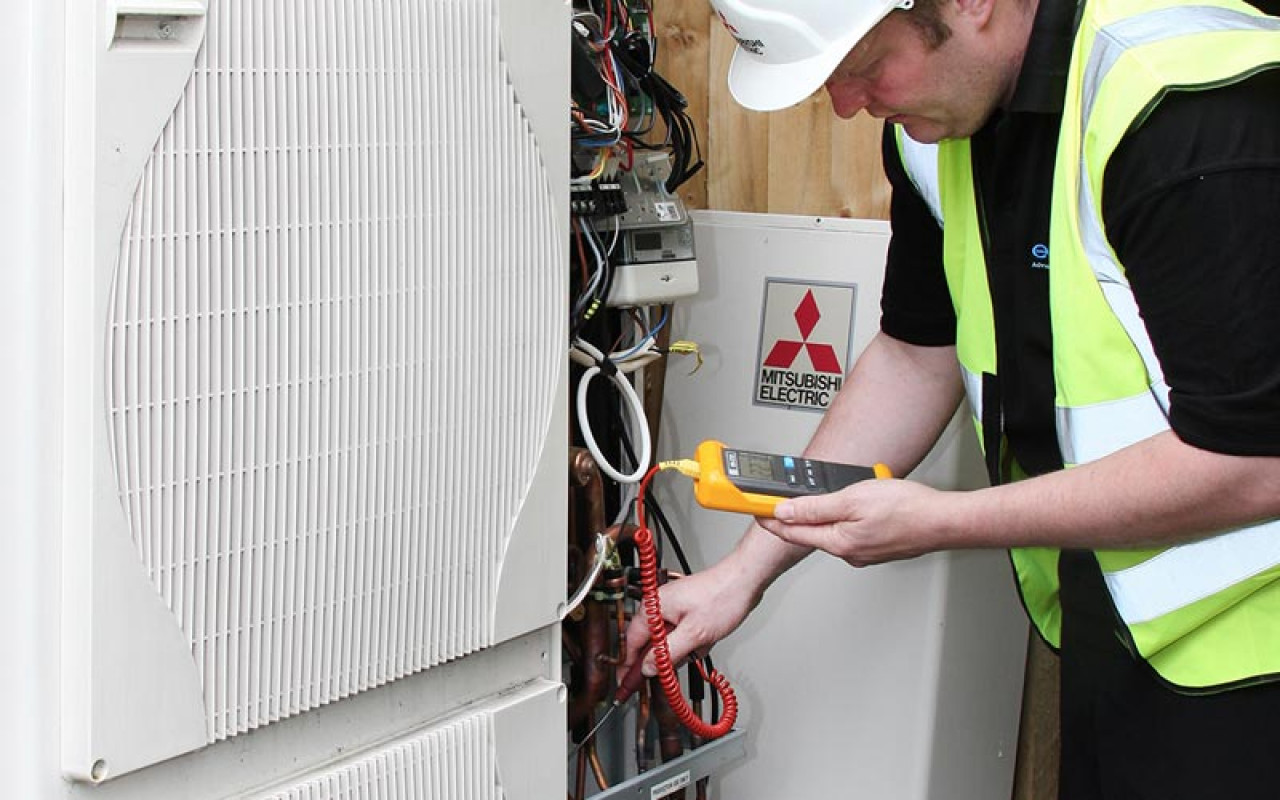Legislation affecting businesses
Significant legislation such as F-Gas; MEES; the Ecodesign Directive; ESOS; and Part L & Part F of the Building Regulations are placing demands on commercial organisations to monitor and control their energy use as never before.
At the same time, incentives such as the Enhanced Capital Allowance (ECA) scheme and the domestic and non-domestic Renewable Heat Incentive (RHI) are helping shorten the payback time for energy efficient technologies.
Read more about CPD



